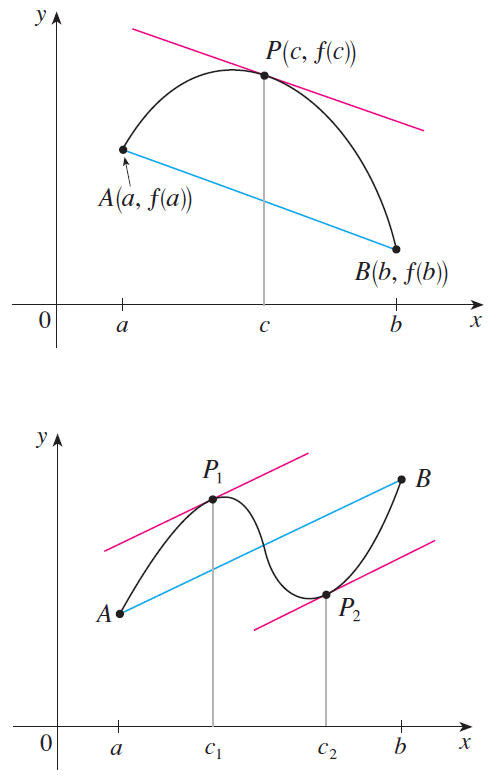FOPUR BASIC OPERATIONS ON RATIONAL NUMBERS
The standard form of a rational number is ᵖ⁄q, where p and q are integers such that q ≠ 0.
In this section, we are going to see how the following four basic operations of math can be performed on rational numbers.
1. Addition
2. Subtraction
3. Multiplication
4. Division
Addition
Addition of rational numbers with the same denominators :
Add only the numerators of the two or more rational numbers and write the same denominator.
Example 1 :
Add :
Solution :
Addition of rational numbers with different denominators :
When rational numbers are in standard form, find the least common multiple of the denominators of the given rational numbers and convert them to equivalent rational numbers with common denominator (least common multiple) and then, add the numerators.
Example 2 :
Add :
Solution :
Least common multiple of (7, 3, 12) = 36.
Additive Inverse
What is -⁸⁄₁₁ + ⁸⁄₁₁?
Now,
And also,
In the case of integers, we say –5 as the additive inverse of 5 and 5 as the additive inverse of –5. Here, for rational numbers, -⁸⁄₁₁ is the additive inverse of ⁸⁄₁₁ and ⁸⁄₁₁ is the additive inverse of -⁸⁄₁₁.
Subtraction
Subtracting two rational numbers, is the same as adding the additive inverse of the second rational number to the first rational number.
(i) Subtraction of rational numbers with the same denominators :
Subtract only the numerators of the two or more rational numbers and write the same denominator.
(ii) Subtraction of rational numbers with different denominators :
After writing the given rational numbers in the standard form, take the least common multiple of the denominators of the two given rational numbers and convert them to equivalent rational numbers with common denominators least common multiple and then, subtract the numerators.
Example 3 :
Subtract ⁹⁄₁₇ from -¹²⁄₁₇.
Solution :
Example 4 :
Subtract -¹⁸⁰⁄₂₂₅ from ²⁰⁰⁄₂₂₅.
Solution :
Example 5 :
Subtract -2⁶⁄₁₁ from -4⁵⁄₂₂.
Solution :
Multiplication
Product of two or more rational numbers can be found by multiplying the corresponding numerators and denominators of the numbers and then write them in the
standard form.
Example 6 :
Evaluate :
Solution :
Example 7 :
Evaluate :
Solution :
Product of reciprocals and the Multiplicative Inverse
If the product of two rational numbers is 1, then one rational number is said to be the reciprocal or the multiplicative inverse of the other.
For the rational number a, its reciprocal is ¹⁄ₐ as
For the rational number ᵃ⁄b, its multiplicative inverse is b⁄ₐ as
Division
We already know, how to find the reciprocal of a fraction.
For, example, the reciprocal of 2 is ½ and the reciprocal of ½ is 2. So, 2 and ½ are reciprocal to each other. Similarly, ⅘ is the reciprocal of ⁵⁄₄ and ⁵⁄₄ is the reciprocal of ⅘. The same idea of reciprocals is extended to rational numbers also. To divide a rational number by another rational number, we have to multiply the rational number by the reciprocal of another rational number.
Example 8 :
Solution :
Kindly mail your feedback to v4formath@gmail.com
We always appreciate your feedback.
©All rights reserved. onlinemath4all.com
Recent Articles
-
Simplifying Algebraic Expressions with Fractional Coefficients
May 17, 24 08:12 AM
Simplifying Algebraic Expressions with Fractional Coefficients -
The Mean Value Theorem Worksheet
May 14, 24 08:53 AM
The Mean Value Theorem Worksheet -
Mean Value Theorem
May 14, 24 02:48 AM
Mean Value Theorem

